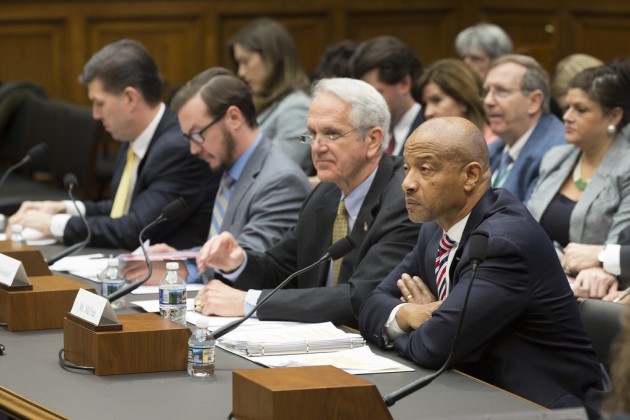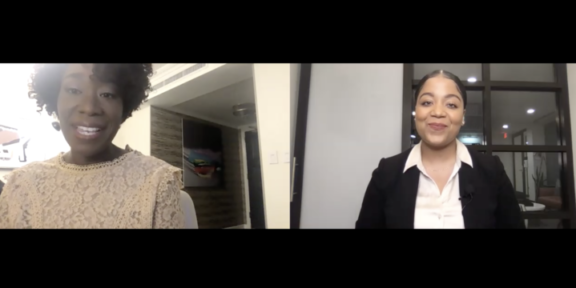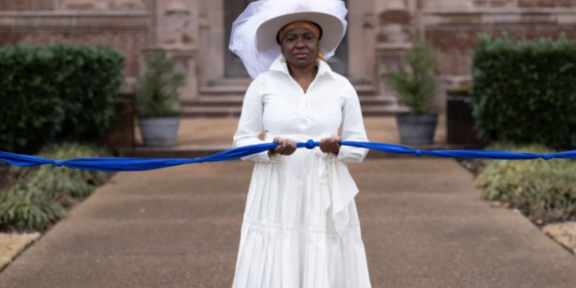
Studies show smoke, second-hand smoke lead to more deaths in the Black community than any other illness.
WASHINGTON – Each year, nearly 45,000 African Americans die from smoke-related diseases like heart disease, stroke and lung cancer – more black lives than are lost, experts say, to homicide, diabetes, AIDS and accidents combined.
Additionally, nearly 68 percent of African-American children and close to 37 percent of white kids between the ages of three and 11 are exposed to secondhand smoke, which can lead to a host of respiratory issues, most notably severe asthma, according to the U.S. Centers for Disease Control and Prevention.
Armed with those numbers, Washington health experts are calling for more smoke-free public spaces, specifically housing, in the District as a tool to tackle smoking-related death disparities for African Americans.
The health officials were a part of a panel at Howard University’s Blackburn Center that discussed smoke-free initiatives as part of a weeklong series geared towards smoking cessation. DC Tobacco Free Coalition and the D.C. Department of Health sponsored the week.
The panelists said they want to transform homes in the District into safe places for people to raise their kids without the threat of second and thirdhand smoke.
Smoke-free policies may be an inconvenience to smokers, especially those who don’t intend to quit, but the group argued that most residents are in favor of a smoke-free environment.
Summit moderator Charles M. Sutton is the project coordinator of the Smoke Free Places, Home Healthy Home project for Breathe DC, Inc.
“The majority of residents tend to favor the new policies,” Sutton said, “but there is a small minority that feels like its being imposed on them.”
Rochelle, 60, is one of the residents who feels that it is an infringement on her lifestyle.
Rochelle, who declined to provide her last name for fear of being written-up by her housing management, said the managers of her building in southeast Washington sprang the smoke-free policy on its residents without warning.
“One day we were in a meeting and the man who owned the property said, ‘We’re going to have no smoking,’” she said. “The next day there was a paper posted on our doors saying you can’t smoke in the building. I don’t think that was right.”
Rochelle said she has lived in her building for 28 years and has been smoking in her unit up until this year. The new policy states that residents cannot smoke anywhere on the property. So, elderly and disabled residents have to leave the premises every time they want a cigarette.
“I have to go from the third floor downstairs, across the street then down the street to go smoke,” Rochelle said. “And I’m 60-years-old so that’s a walk for me.”
The hope is for longtime smokers to eventually quit, but it is a difficult road. Statistics show only 3.3 percent of African-Americans who attempted to quit hadn’t relapsed after six months, compared to 6 percent of whites, according to the National Health Interview Survey.
Avoiding smoke-related diseases and keeping residents safe from second and thirdhand smoke is a priority for property management companies, but it isn’t the only benefit of smoke-free policies for property management companies.
Kayla Robinson, a panelist at the conference and an assistant manager at R Street Apartments, said preparing a unit for a new tenant after a smoker has inhabited it is expensive.
“We made the smoke-free decision first for residents’ health, but the turnover expense is very high,” Robinson said.
Alexandra Nassau-Brownstone of Somerset Development Companies agreed.
“It costs five to six times as much to fully rehab a unit after a heavy smoker has lived there,” Nassau-Brownstone said.
Residents who smoke inside have little control over where the smoke travels. It can be smelled in the hallways, and leaves residue throughout the unit.
Leftover smoke residue found in the home of a smoker, also termed thirdhand smoke, permeates the walls, carpet, flooring, clothing and curtains, health experts said. Second and thirdhand smoke disproportionately affects black residents and young children.










